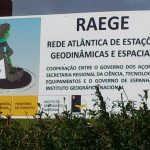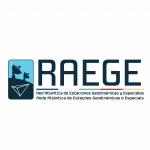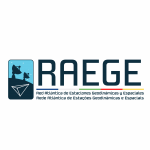INFRASTRUCTURE
The Yebes Observatory, in addition to the radio telescopes and the respective support and control buildings, has other facilities essential for its daily operation.
cryogenic amplifier laboratories
The Yebes Observatory laboratories have established themselves as a world reference in the precise measurement of noise in the critical elements of receivers used for radio astronomy and space communications.
Radio astronomy receivers need to have extreme sensitivity to be able to faithfully capture the faint signals emitted by astronomical sources. This is the reason why it is necessary to have ultra-low noise amplifiers with characteristics far superior to those usually used in commercial products. The Yebes Observatory laboratory is fully equipped to carry out the design, construction and characterization tasks of cryogenic amplifiers specially designed to operate at cryogenic temperatures that can cover this need. For this purpose, it has closed-cycle cryogenic refrigerators (up to 4 K), microwave instrumentation (vector, spectrum and noise analyzers), instruments for the characterization of semiconductor devices, assembly equipment (wire bonding, gap machines). welding” binocular and metallographic microscopes), equipment for the electrochemical metallization of substrates, etc. Software is also available for the design of microwave circuits and mechanical parts and for instrumentation control.
In this laboratory, very low noise cryogenic amplifiers have been made for numerous frequency bands between 0.1 and 120 GHz, as well as other types of passive microwave components optimized for radio telescope receivers.
The cryogenic amplifiers laboratory has allowed not only to equip the Yebes Observatory antennas, but also participation in numerous international projects, making first-class technical contributions in state-of-the-art instruments (Herschel satellite, ALMA interferometer, IRAM antennas…) . Devices of this type have also been supplied for other related scientific applications that required them (ESA deep space communications, quantum computing…). When the application required a significant number of amplifiers or spatial qualifications, technology transfers have been carried out and advice provided to Spanish companies so that they could manufacture this type of devices.
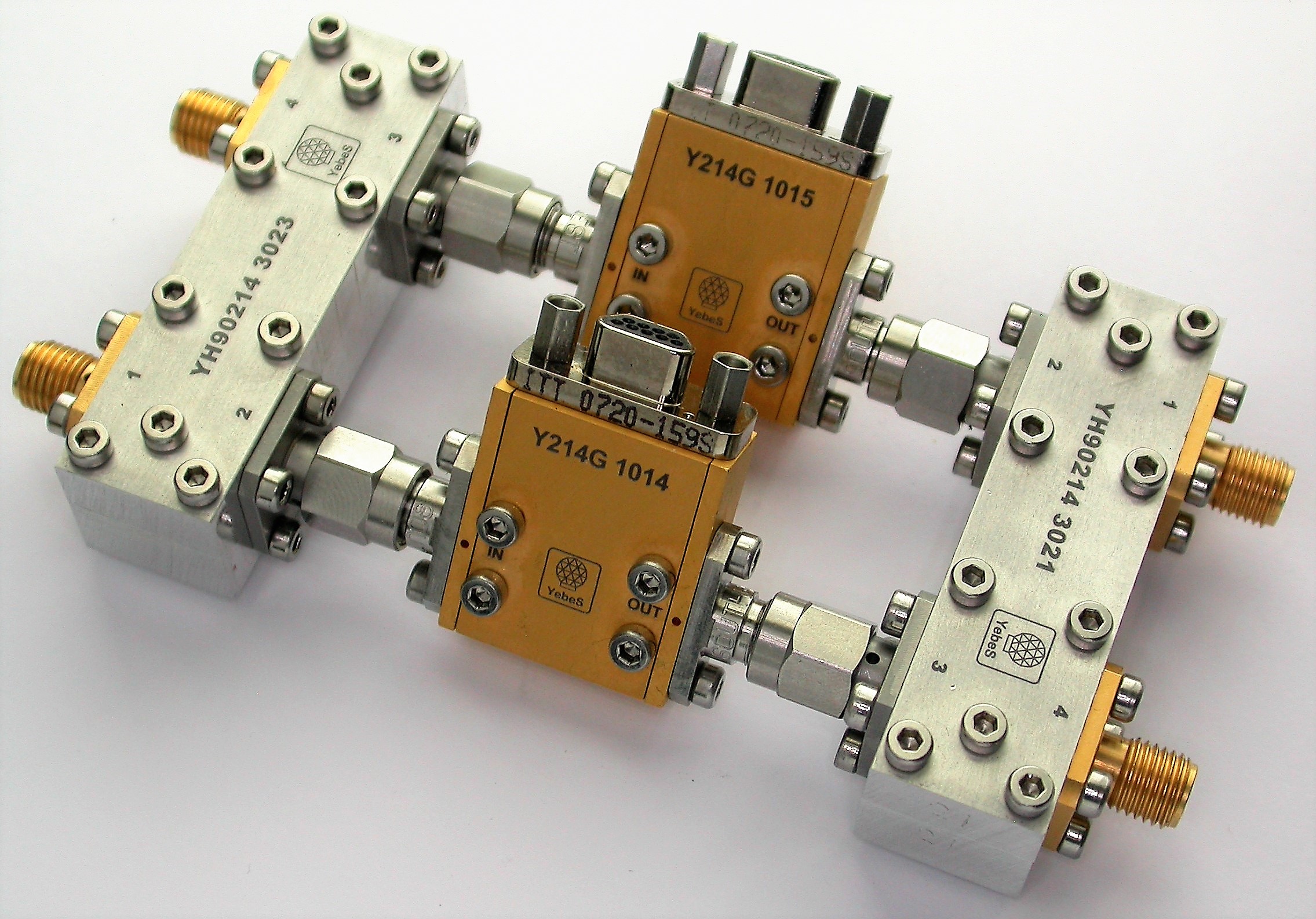
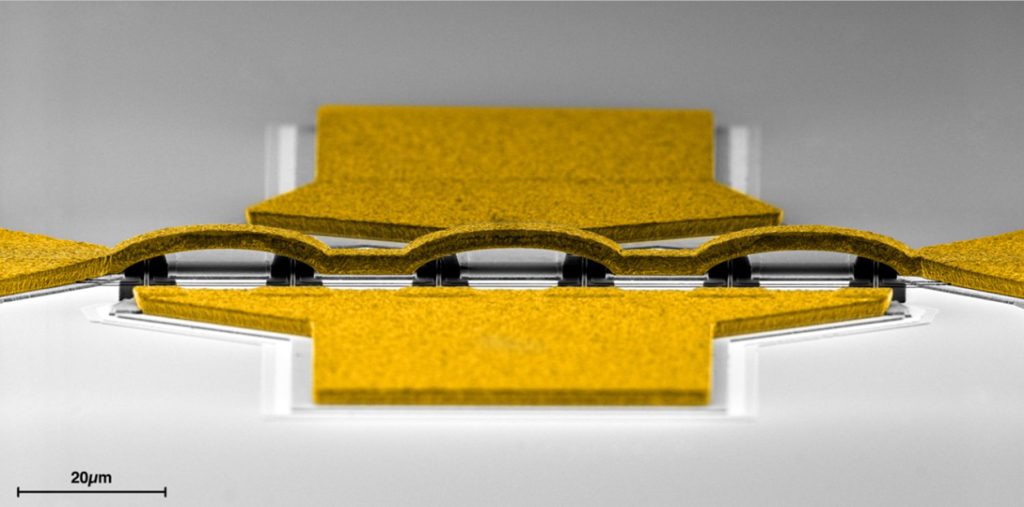
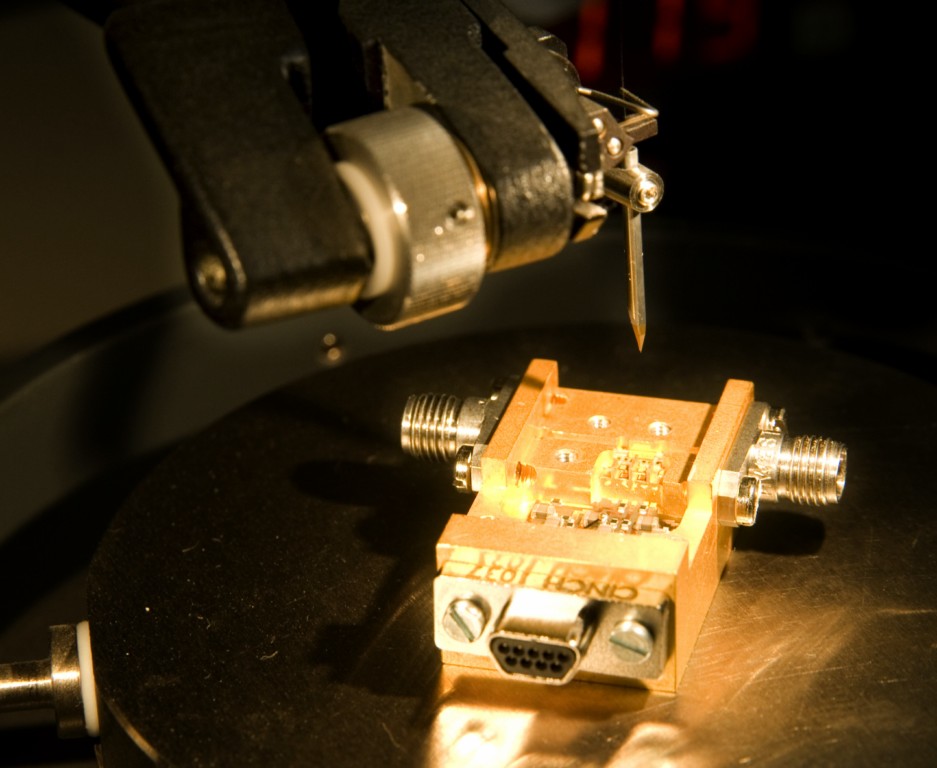
Cryogenic Microwave Receiver Laboratories
The receiver laboratory of the Yebes Observatory has more than 30 years of experience in the design, development, characterization and installation of receivers for radio astronomy.
These devices are highly sensitive radio receivers, necessary to detect the signals emitted by celestial objects. These signals reach us very weakly due to the enormous distances they have to travel.
To achieve this high sensitivity, it is necessary to cool the first components of the receiver to cryogenic temperatures (approximately -253ºC), so that they contribute with the lowest possible noise to the detection of the signal focused by the radio telescope.
This laboratory has developed receivers in the following frequency bands:
- S Band: 2.2 – 2.37 GHz
- CH Band: 3.22 – 3.39 GHz.
- C Band: 4.56 – 6.9 GHz
- X Band: 8.1 – 8.9 GHz
- K Band: 21 – 24 GHz
- Q Band: 31.5 – 50 GHz
- W Band: 72-90.5 GHz and 83-116 GHz.
- Tri-band: S (2.2-2.7GHz) / X (7.5-9 GHz) / Ka (28-33 GHz) three simultaneous bands
- VGOS Broadband: 2-14 GHz.
The noise temperatures of these receivers range between 10 – 40 Kelvin, depending on the band.
In addition, the laboratory also deals with the development of calibration and control modules for receivers and systems for the detection of radio frequency interference (RFI), as well as the characterization of the surface of large antennas, using holographic techniques, to optimize its parabolic shape and efficiency.
For all these works, the laboratory has radiofrequency and microwave test and measurement instrumentation, as well as the Observatory’s mechanical workshop.
The laboratory participates in various national and international projects for the development of new types of receivers, such as the Radionet-BRAND project, for the construction of a prototype 1.5 – 15.5 GHz receiver. It also assists several observatories in the development of instrumentation, such as the Norwegian Mapping Authority (NMA), the Finnish Geospatial Research Institute (FGI) or the National Astronomical Research Institute of Thailand (NARIT).
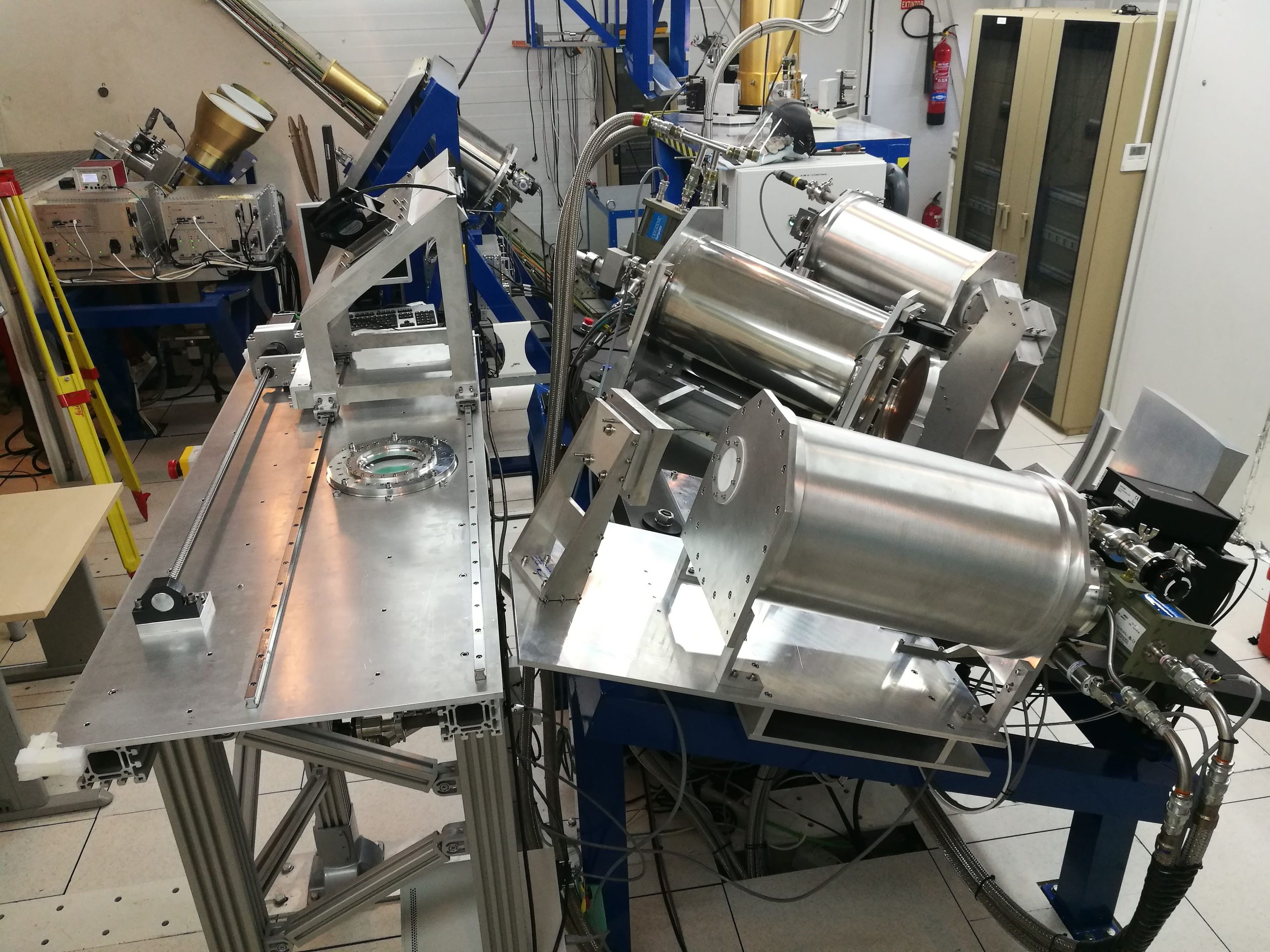
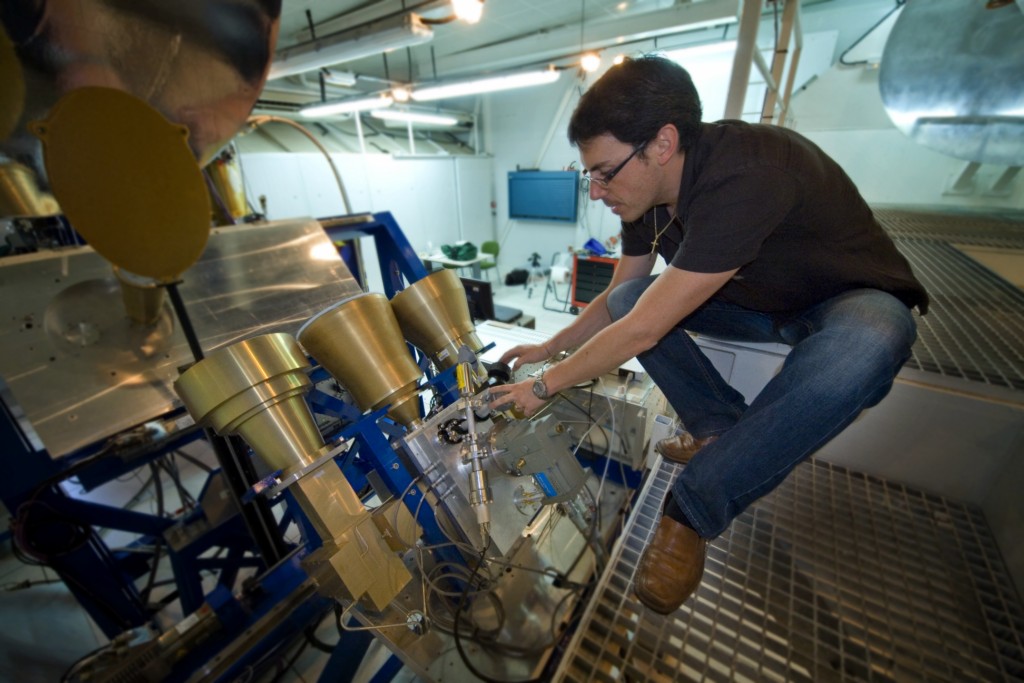
Gravimetry Pavilion
This building, with an interior chamber to stabilize its temperature, contains in its internal room absolute and relative gravimeters and seismographs installed on isolated pillars for measuring the Earth’s gravity and for detecting earthquakes. It also has a GNSS receiver, a weather station and an underground water sensor. The data collected by all instruments is sent to servers abroad.
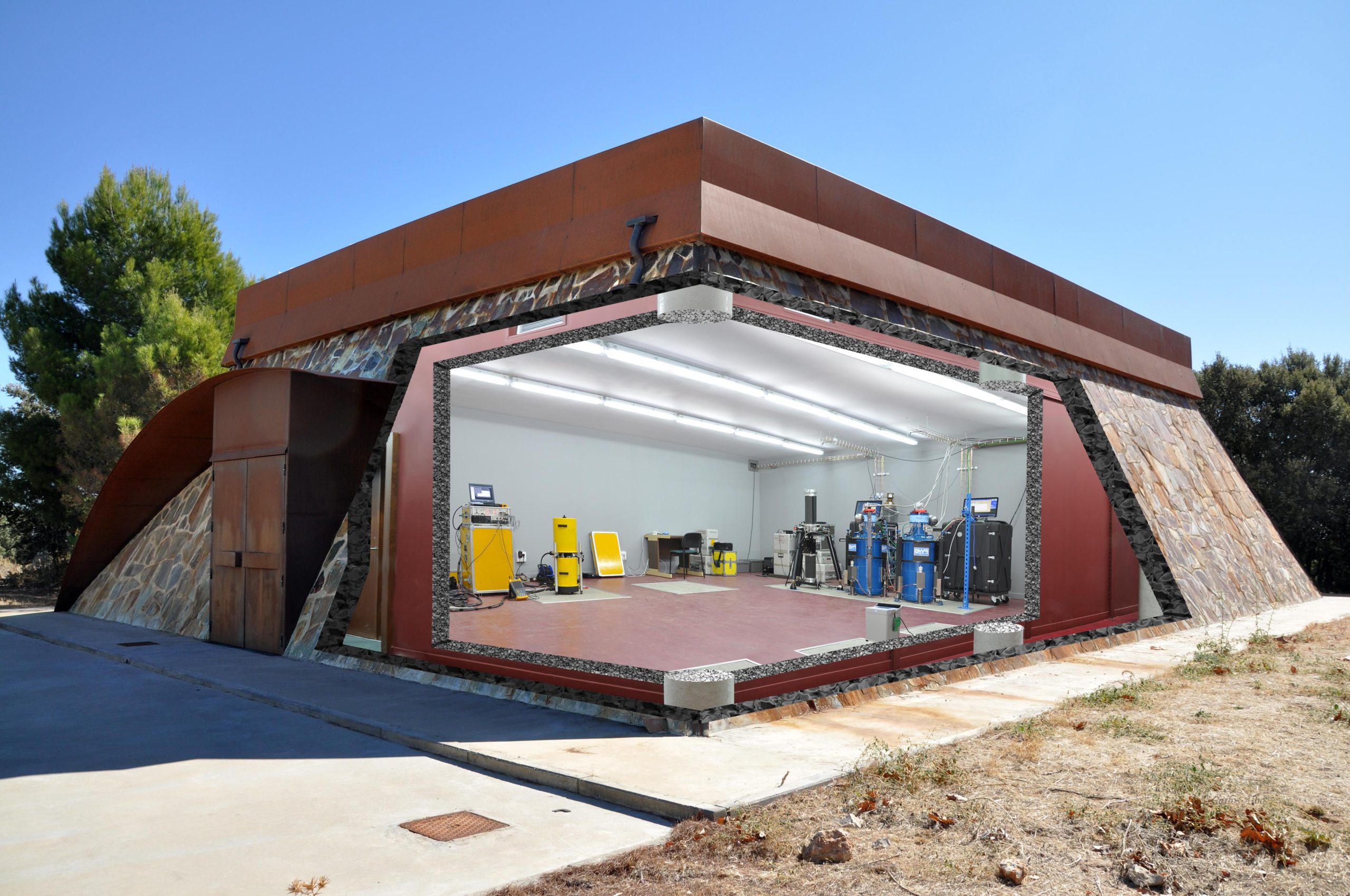
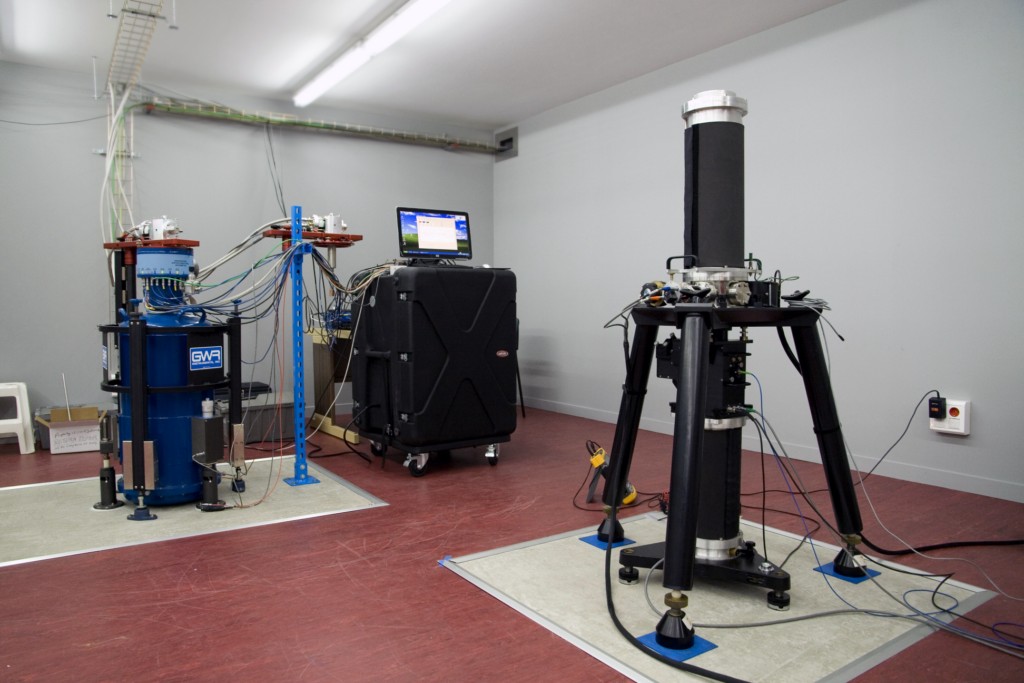
Feeder and anechoic chamber laboratory
This building has an anechoic chamber with a frequency operating range of 2 to 140 GHz. Its large dimensions of 11.5x5x5 m allow observations in the near and far field. It uses a 1.83 x 1.823 m size scanner for near-field measurements with a positioning accuracy of 50 um and a flatness of 25 um. It also has a spherical positioner that allows spherical near-field measurements.
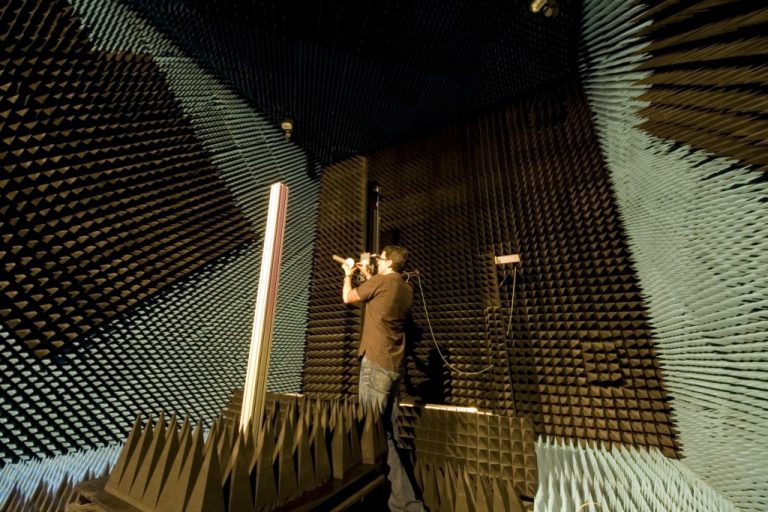
Old Instruments
The old astronomical observation instruments of the Yebes Observatory date back to the 1970s and are a double astrograph with two 40 cm diameter refracting tubes and a 20 cm diameter finderscope, a solar telescope with a 20 cm refractor and a 14 m radio telescope. The Observatory’s group of radio astronomers and engineers developed around this last instrument.
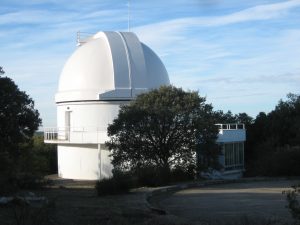
Visiting room
The visiting room houses a permanent exhibition with panels and models and a small demonstration radio telescope and material from the astronomy classroom belonging to the Yebes City Council, among which stands out an inflatable planetarium aimed primarily at schoolchildren and students. The Yebes Observatory maintains an agreement with the Yebes City Council that allows the management of visits by schools and institutes during the week and by the general public on weekends. More information can be obtained at AstroYebes.
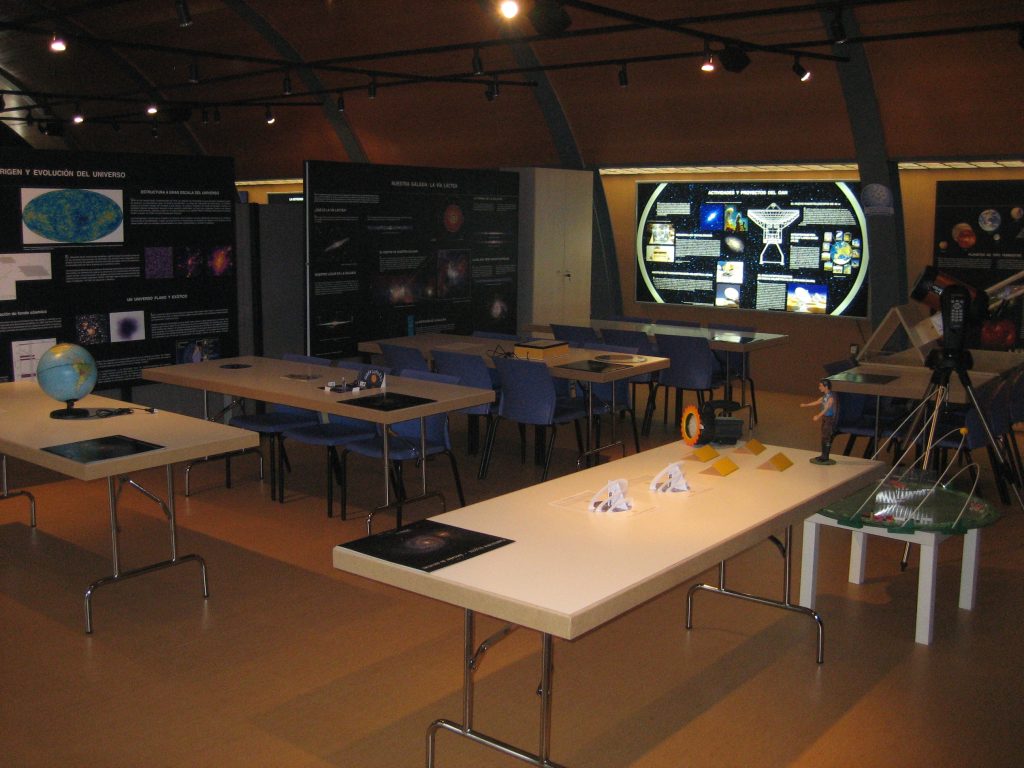
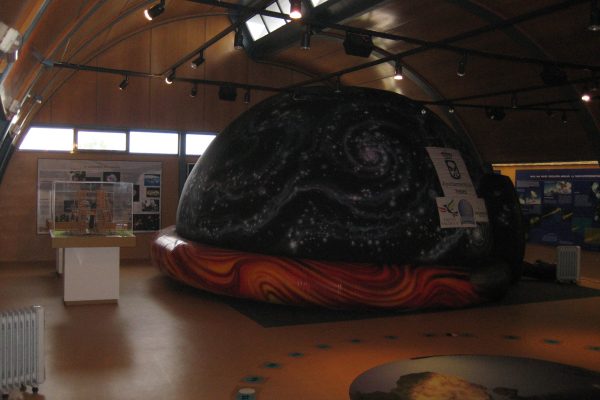
VIRTUAL TOUR


